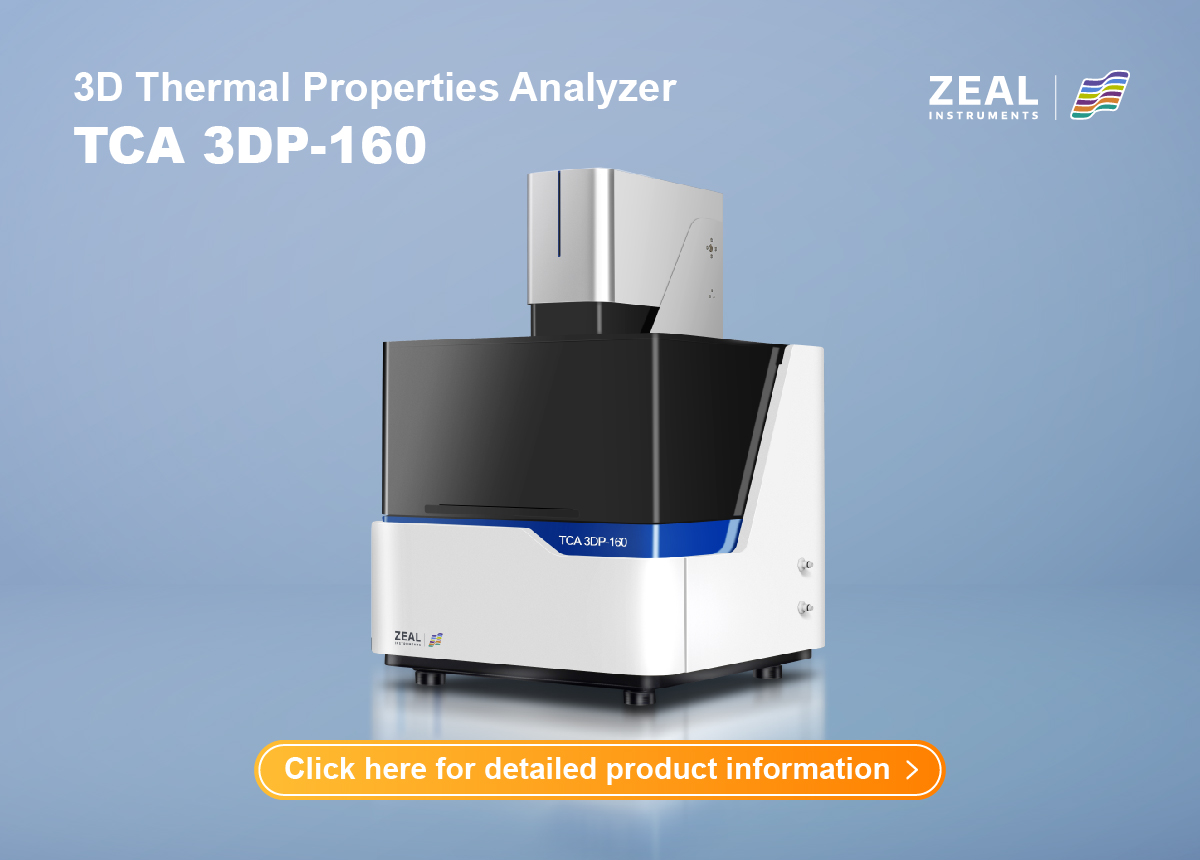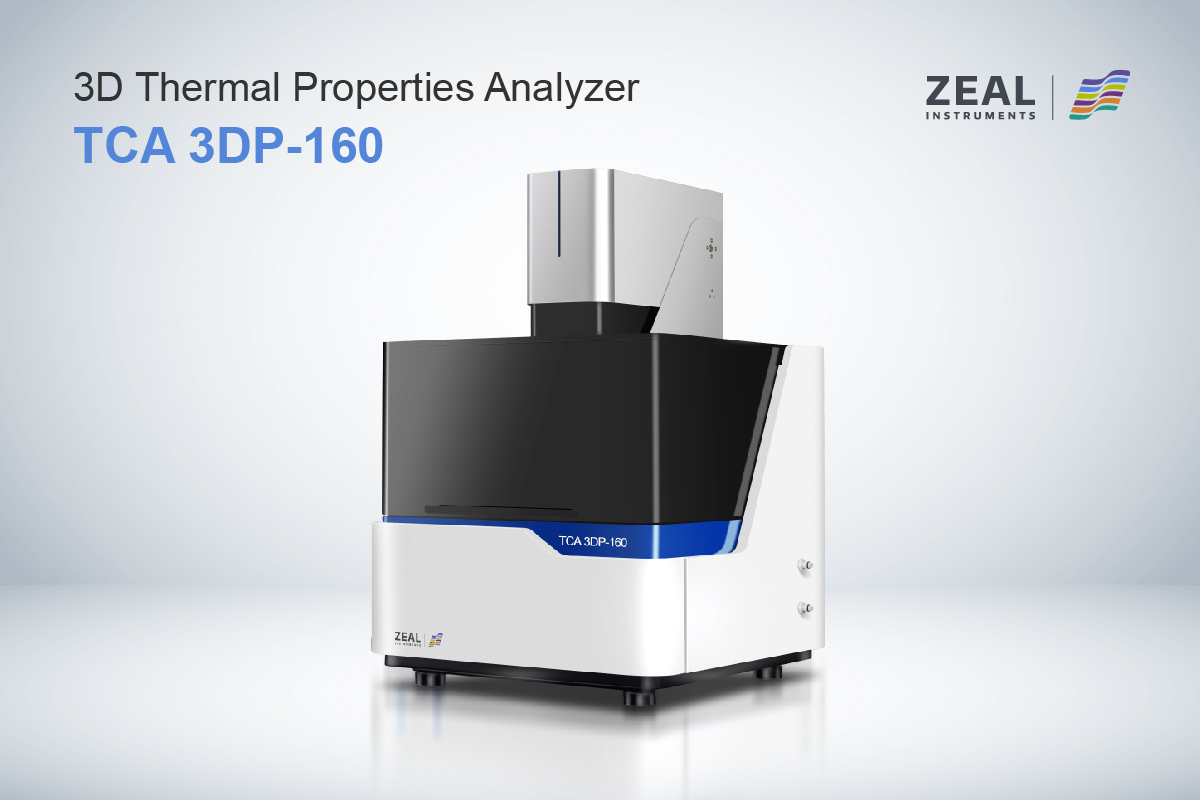Battery Thermal Conductivity Analyzer: Advancements in Battery Testing Technology
If you are working with batteries, you know that thermal conductivity is an important factor to consider. Battery thermal conductivity analyzers are used to measure the thermal conductivity of batteries and to analyze their performance. Understanding the thermal conductivity of batteries can help you optimize their design, improve their performance, and prevent safety issues.
The fundamentals of battery thermal conductivity involve understanding how heat flows through the battery and how the battery’s materials affect this flow. Analyzing battery thermal conductivity involves measuring the temperature of the battery and the heat flow through it. With this information, you can determine the thermal conductivity of the battery and identify any issues that may affect its performance.
Key Takeaways
- Battery thermal conductivity analyzers are used to measure the thermal conductivity of batteries and to analyze their performance.
- Understanding the thermal conductivity of batteries can help you optimize their design, improve their performance, and prevent safety issues.
- Analyzing battery thermal conductivity involves measuring the temperature of the battery and the heat flow through it.
Fundamentals of Battery Thermal Conductivity
Thermal Conductivity Basics
Thermal conductivity is a measure of a material’s ability to conduct heat. It is defined as the amount of heat that flows through a unit area of a material in a unit of time when a temperature gradient exists in the material. The higher the thermal conductivity of a material, the more efficiently it can transfer heat.
In the context of battery technology, thermal conductivity plays an important role in determining the performance and safety of batteries. The thermal conductivity of battery components, such as the electrodes and electrolytes, affects the rate at which heat is generated and dissipated during battery operation.
Importance in Battery Technology
The thermal conductivity of battery components is particularly important in high-power and high-energy applications, where large amounts of heat are generated. If the heat generated during battery operation is not dissipated quickly enough, it can lead to thermal runaway and potentially catastrophic failure.
In addition, the thermal conductivity of battery components can affect the overall efficiency and performance of the battery. For example, if the thermal conductivity of the electrodes is low, heat generated during battery operation can lead to temperature gradients within the electrodes, which can reduce the battery’s overall energy density and cycle life.
Therefore, accurate measurement and analysis of the thermal conductivity of battery components is essential for the development of high-performance and safe batteries. Battery Thermal Conductivity Analyzers are used to measure the thermal conductivity of battery components, providing critical information for the design and optimization of battery systems.
Analyzing Battery Thermal Conductivity
When it comes to analyzing battery thermal conductivity, there are several analytical techniques and measurement principles that can be used. These techniques and principles help to determine the thermal properties of battery materials and components, which is essential for optimizing battery design and performance.
Analytical Techniques
One common analytical technique used to analyze battery thermal conductivity is thermal analysis. This technique involves measuring the thermal behavior of battery materials under controlled conditions, such as heating or cooling. By analyzing the thermal properties of battery materials, researchers can gain insights into their thermal stability, heat dissipation, and thermal conductivity.
Another analytical technique is finite element analysis (FEA). FEA is a computer-based simulation technique that can be used to analyze the thermal properties of battery components and materials. By modeling the thermal behavior of battery components, researchers can optimize the design of battery systems to ensure efficient heat dissipation and minimize the risk of overheating.
Measurement Principles
There are several measurement principles that are used to determine the thermal conductivity of battery materials. One common principle is the transient plane source (TPS) method. This method involves applying a heat pulse to a sample and measuring the resulting temperature rise. By analyzing the temperature rise, researchers can determine the thermal conductivity of the sample.
Another measurement principle is the laser flash method. This method involves applying a short pulse of laser energy to a sample and measuring the resulting temperature rise. By analyzing the temperature rise, researchers can determine the thermal diffusivity and conductivity of the sample.
In conclusion, analyzing battery thermal conductivity is essential for optimizing battery design and performance. By using analytical techniques and measurement principles, researchers can gain insights into the thermal properties of battery materials and components, which is crucial for ensuring the safe and efficient operation of battery systems.
Battery Thermal Conductivity Analyzer Design
The design of a battery thermal conductivity analyzer involves two main components: hardware and software integration.
Hardware Components
The hardware components of a battery thermal conductivity analyzer typically include a sample holder, a heating source, a temperature sensor, and a thermal conductivity sensor. The sample holder is used to hold the battery sample in place during the analysis. The heating source is used to heat the sample to a specific temperature. The temperature sensor is used to measure the temperature of the sample, while the thermal conductivity sensor is used to measure the thermal conductivity of the sample.
Some battery thermal conductivity analyzers may also include additional hardware components, such as a vacuum chamber or a gas flow system, to control the environment during the analysis. These components can help to improve the accuracy and precision of the analysis.
Software Integration
The software integration of a battery thermal conductivity analyzer typically involves the development of a user-friendly interface to control the hardware components and to collect and analyze the data. The software may also include algorithms to calculate the thermal conductivity of the sample based on the temperature measurements and the thermal conductivity sensor readings.
The software may also include features to automate the analysis process, such as the ability to run multiple samples in a single batch or to perform a series of analyses with varying temperatures. The software may also include data visualization tools to help users interpret and analyze the results.
Overall, the design of a battery thermal conductivity analyzer involves careful consideration of the hardware and software components to ensure accurate and precise measurements of the thermal conductivity of battery samples.
Applications of Battery Thermal Conductivity Analysis
Battery thermal conductivity analysis is becoming increasingly important as batteries are used in a wider range of applications, and as battery technology continues to advance. Here are some of the applications where battery thermal conductivity analysis can be useful:
Electric Vehicles
Electric vehicles (EVs) are becoming more common, and they rely on batteries to store energy. Battery thermal conductivity analysis can help to optimize the performance of these batteries and ensure that they operate at a safe temperature. By measuring the thermal conductivity of battery materials, researchers can optimize the design of battery components to ensure efficient heat dissipation and minimize the risk of overheating. Additionally, thermal analysis techniques can be used to investigate the thermal behavior of battery materials during cycling.
Portable Electronics
Portable electronics, such as smartphones and laptops, are also powered by batteries. Battery thermal conductivity analysis can help to improve the performance of these devices and extend their battery life. By measuring the thermal conductivity of battery materials, researchers can optimize the design of battery components to ensure efficient heat dissipation and minimize the risk of overheating. This can help to prevent damage to the device and extend its lifespan.
Energy Storage Systems
Energy storage systems, such as those used in renewable energy systems, are another application where battery thermal conductivity analysis can be useful. These systems rely on batteries to store energy, and battery thermal conductivity analysis can help to optimize their performance. By measuring the thermal conductivity of battery materials, researchers can optimize the design of battery components to ensure efficient heat dissipation and minimize the risk of overheating. This can help to prevent damage to the battery and extend its lifespan.
In summary, battery thermal conductivity analysis is an important tool for optimizing the performance of batteries in a wide range of applications. By measuring the thermal conductivity of battery materials, researchers can optimize the design of battery components to ensure efficient heat dissipation and minimize the risk of overheating. This can help to prevent damage to the battery and extend its lifespan, improving the performance of devices and systems that rely on batteries.
Challenges and Future Developments
Material Limitations
One of the main challenges in the development of a Battery Thermal Conductivity Analyzer is the availability of suitable materials with high thermal conductivity. The thermal conductivity of the materials used in the construction of the analyzer is critical to its performance. The materials must have a high thermal conductivity to ensure accurate and reliable measurements.
Currently, the most commonly used materials for Battery Thermal Conductivity Analyzer are metals such as aluminum and copper. However, these materials have some limitations, such as high cost, weight, and corrosion susceptibility. Therefore, researchers are exploring the use of new materials such as carbon fibers, graphene, and carbon nanotubes, which have higher thermal conductivity and are lightweight.
Technological Advancements
Another challenge in the development of Battery Thermal Conductivity Analyzer is the need for technological advancements to improve its accuracy and reliability. The analyzer must be able to measure the thermal conductivity of the battery accurately and quickly. It should also be able to handle a wide range of battery sizes and shapes.
To address these challenges, researchers are developing new technologies such as micro-electromechanical systems (MEMS) and optical sensing techniques. MEMS-based sensors are small and can be integrated into the battery pack, making them ideal for in-situ measurements. Optical sensing techniques, such as infrared thermography, can provide non-contact measurements of the battery’s thermal conductivity.
In addition, researchers are also exploring the use of artificial intelligence (AI) algorithms to improve the accuracy and reliability of Battery Thermal Conductivity Analyzer. AI algorithms can analyze large amounts of data and identify patterns that are difficult to detect using traditional methods.
Overall, the development of Battery Thermal Conductivity Analyzer is a challenging task that requires the use of advanced materials and technologies. However, with the ongoing research and development efforts, it is expected that the future Battery Thermal Conductivity Analyzer will be more accurate, reliable, and cost-effective.




































